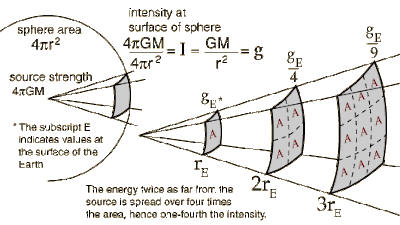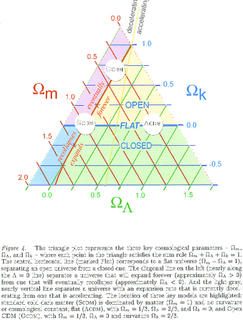Mass concentration (astronomy)
This figure shows the topography (top) and corresponding gravity (bottom) signal of Mare Smythii at the Moon. It nicely illustrates the term "mascon". Author Martin PauerWhile article is from Tuesday, June 22, 2010 9:00 PM it still amazes me how we see the moon in context of it's coloring.
Topography when seen in context of landscape, how we measure aspects of the gravitational field supply us with a more realistic interpretation of the globe as a accurate picture of how that sphere(isostatic equilibrium) looks.
Image Credit: NASA/Goddard
Ten Cool Things Seen in the First Year of LROTidal forces between the moon and the Earth have slowed the moon' rotation so that one side of the moon always faces toward our planet. Though sometimes improperly referred to as the "dark side of the moon," it should correctly be referred to as the "far side of the moon" since it receives just as much sunlight as the side that faces us. The dark side of the moon should refer to whatever hemisphere isn't lit at a given time. Though several spacecraft have imaged the far side of the moon since then, LRO is providing new details about the entire half of the moon that is obscured from Earth. The lunar far side is rougher and has many more craters than the near side, so quite a few of the most fascinating lunar features are located there, including one of the largest known impact craters in the solar system, the South Pole-Aitken Basin. The image highlighted here shows the moon's topography from LRO's LOLA instruments with the highest elevations up above 20,000 feet in red and the lowest areas down below -20,000 feet in blue.
Learn More About Far side of the Moon
***
Credit: NASA/Goddard/MIT/Brown
Figure 4: A lunar topographic map showing the Moon from the vantage point of the eastern limb. On the left side of the Moon seen in this view is part of the familiar part of the Moon observed from Earth (the eastern part of the nearside). In the middle left-most part of the globe is Mare Tranquillitatis (light blue) the site of the Apollo 11 landing, and above this an oval-appearing region (Mare Serenitatis; dark blue) the site of the Apollo 17 landing. Most of the dark blue areas are lunar maria, low lying regions composed of volcanic lava flows that formed after the heavily cratered lunar highlands (and are thus much less cratered). The topography is derived from over 2.4 billion shots made by the Lunar Orbiter Laser Altimeter (LOLA) instrument on board the NASA Lunar Reconnaissance Orbiter. The large near-circular basins show the effects of the early impacts on early planetary crusts in the inner solar system, including the Earth.
Radial gravitational anomaly at the surface of the Moon as determined from the gravity model LP150Q. The contribution due to the rotational flattening has been removed for clarity, and positive anomalies correspond to an increase in magnitude of the gravitational acceleration. Data are presented in two Lambert azimuthal equal area projections.
The major characteristic of the Moon's gravitational field is the presence of mascons, which are large positive gravity anomalies associated with some of the giant impact basins. These anomalies greatly influence the orbit of spacecraft about the Moon, and an accurate gravitational model is necessary in the planning of both manned and unmanned missions. They were initially discovered by the analysis of Lunar Orbiter tracking data,[2] since navigation tests prior to the Apollo program experienced positioning errors much larger than mission specifications.
























